1800's Brick Kiln
The remains of an 1800’s Brick Kiln have been unearthed in a field next to the Medical Centre in Heath Rd. This kiln, typical of its type for Suffolk, would have been close to the Constable family Windmill on the corner of Mill Road and would typically have used locally sourced clay from “Clay Pit Field” next door north east of the Donkey Track. The red bricks from this kiln would doubtless have found their way into numerous houses in the village built during that period.
Finding such a site in good condition is unusual, although a few other examples have been found in this part of Suffolk. It is unfortunate that, within a week of the find being made public, the developers filled in the site completely. Sadly therefore, except for the photos, we have lost this little bit of Victorian industrial history almost as soon as we found it.
(Download this article as a PDF here)
- 63
- Site of Brick Kiln, circa mid 1800's, discovered in late Sept. 2021 during excavations for new housing development in Heath Rd
-
This article was based on input from
- Charlotte Mclaughlin of the East Anglian Daily Times for her original article of 1/9/2021.
- John Jones of the Suffolk Industrial Archaeology Society, who contributed much of the technical and mapping research for this article.
- Adrian James of the East Bergholt Society, who identified the 1862 Advertisement for the brick auction.
- 51.975391, 1.028361
Details
An 1800’s Brick Kiln was unearthed by the archaeological excavation of the two fields next to the Medical Centre off Heath Road, East Bergholt. The excavation was begun in early September 2021 by Colchester Archaeological Trust as a precursor to planned development of 76 new homes on this site by the Hills Building Group.
There’s a lot of clay in Suffolk and local brick kilns must have been quite common across the county. We can imagine hundreds of such kilns working with locally sourced clay, creating bricks with slightly different dimensions fuelling the housing booms of the Victorian and Edwardian periods.
Most of these kilns are long gone and covered up and so to find this one is relatively rare. There have been other finds nearby, notably in Layham, outside Hadleigh, Trimley St Martin, just north of the River Orwell, and at South Cove near Southwold, the latter being reopened for the public to see in 1977.
It’s possible to guess at the location of the sites of brick kilns from the names of the surrounding fields . Fields with names like “brick”, “kiln” “clay”, “pit” etc are all likely candidates, and in East Bergholt, using the old “Tithe” maps (which list fields by name and owner), we can identify three areas where brick kilns would have been likely to be sited:
- Woodgates Road, where a Tithe map of 1817 shows two fields called “Kiln Field”, and another “Kiln Pightle” with associated buildings owned by a Mr Robert Rist, there is also stile a “Kiln Cottage” on Woodgates Road, opposite this site.
- Flatford, where a Brasier map of 1731 names 2 fields as “Clay Hill” and “Kiln Hill” at the bottom of Touche Hill, close to the river Stour, and
- Holton, just north of the A12 “Four-Sisters” junction, where the 1840 Tithe Map lists two fields “Kiln Fen” and “Brick Yard”.
For the site in Heath Road there is a similar name reference to be found in the Brasier Map of 1731. This is a field called “Clay Pit Field” which is just south west of the Donkey Track and adjacent to the site. This provides some evidence that brickmaking was going on here in the mid 1700’s, well before the 1800’s. In those days this area of the village was primarily heath land, generally of poor quality and thus ideal for use for kiln work, a good place to carry out work that would have produced unpleasant smells and refuse. Today this field has a significant pond at one end which may have been dug out as a source of the clay used for brick making.
Brick Auction of 1862
The existence of a brick kiln in the village has long been forgotten together with any related field names, but supporting evidence of the site was spotted by one keen local historian (Adrian James) in this advert for an auction of 100,000 red and white bricks from a local newspaper of 1862:
.jpeg)
John Jones (Suffolk Industrial Archaeological Society) has observed some interesting points in this advertisement. Firstly, having so many bricks for sale at the same time, and by auction, suggests that the proprietor was either retiring or had failed in his business. Secondly, the advert offers both red and white bricks for sale from the same site. This is an unusual situation because Suffolk clays were mostly used to make red bricks, (notable exceptions being in the Woolpit area, where high quality whites were made, and at Fison’s brickworks in Stowmarket, where both types were made as well as white malt kiln tiles). Until this now there’s been no evidence that anywhere else in Suffolk could make both types, but of course the existence of this advert doesn’t make it certain that the bricks for sale were actually made on site – it may have been that the whites were imported and simply being offered for resale. Isn’t archaeology frustrating – you suspect but you can never know for sure!
How did Suffolk Brick Kilns work?
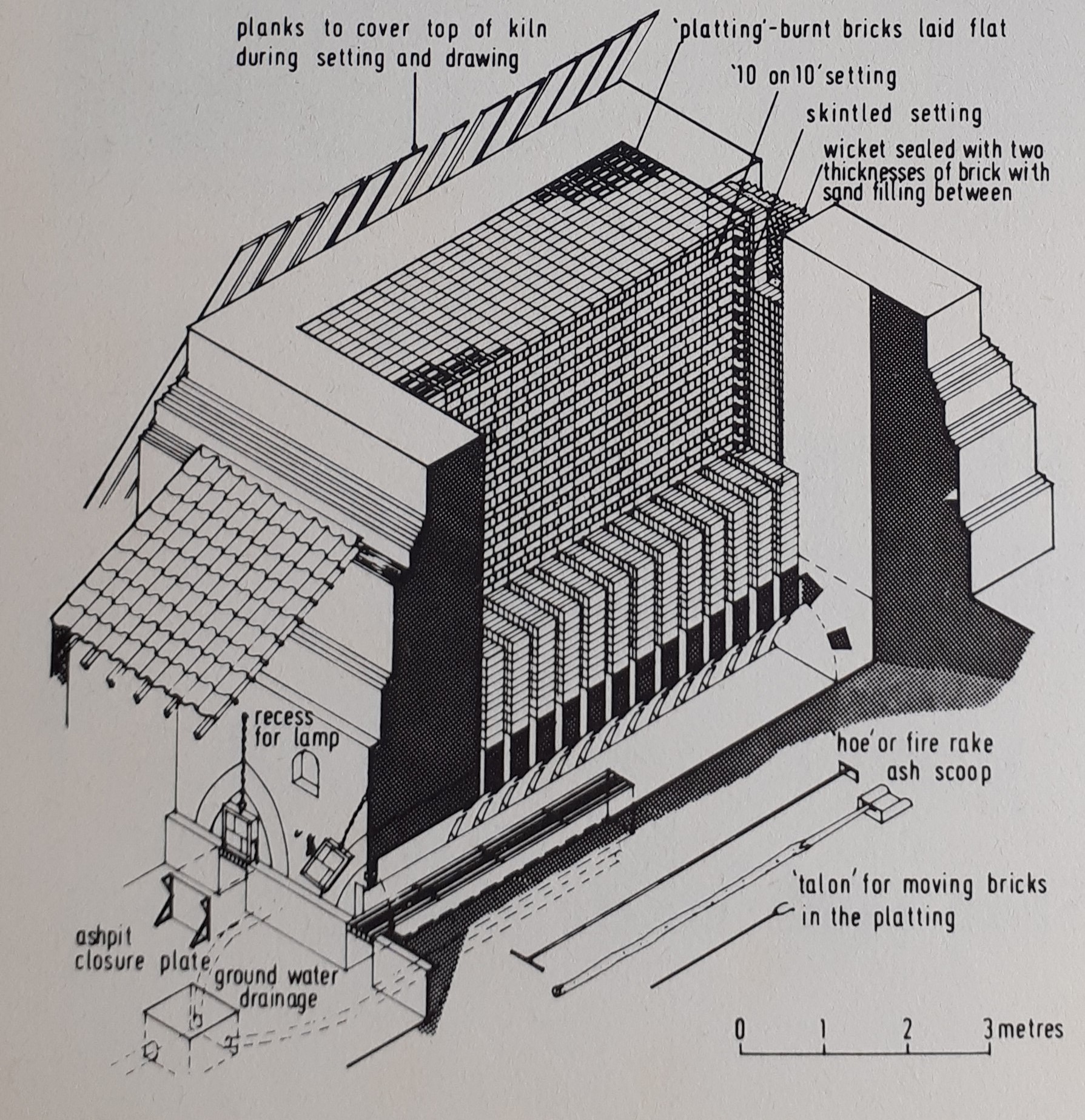
All the discovered East Anglian brick kilns appear to follow a similar construction, as illustrated in this image opposite. The kiln was dug deep into the earth, typically about 2m, and the kiln laid out in two parts; the kiln firepits where the coal was burned and the bricks fired, and a coal base, of equal length, where coal was initially fired then pushed deep into the fire pits using a ‘hoe’ as a coal-pusher and or fire rake as an ash-remover. The coal base typically would typically slope slightly towards the fire pits making pushing the lighted coal easier.
Newly cast clay bricks would be laid in layers on a 10 x 10 “netting” to form a series of “chimneys” through which hot gasses would pass, thus heating and firing the bricks. The bricks lower down would be fired the most and therefore the hardest and used where maximum strength was required. Bricks in the higher parts of the stack would be softer and typically used for general building. The end of the stack, (termed the “wicket”) would be sealed with a sand filling to keep the heat in, and the top of the kiln would have wooden planks to act as a draught control during the “setting” and “drawing” of the kiln.
The openings to the firepits were covered with cast iron fire doors. Ground water often had to be extracted from the base of the kiln and different ground water drainage systems were typical.
How old is the Heath Rd Brick Kiln?
The fact that there’s no evidence of fire doors or their hinges in this site, and that there was no evidence of a ground water drainage system indicates that the structure may be of a more primitive design than the kilns at Trimley and Layham. That and the 1731 Brasier map reference to the “Clay Pit Field” raises the possibility that the Heath Rd Brick Kiln existed from a time earlier than the mid-1800, possibly going back to the early 1700’s – after all the village certainly had bricks in those days and they were most likely fired somewhere central to the village. Had the site not been been so prematurely filled in it might have been possible to examine the bricks in situ to try and establish the validity of that idea. Sadly that level of investigation is not now possible.
More details on the design can be seen in the drawings made of the Layham Brick Kiln (Heritage No. TM030094 and described in the linked PDF file here ) and in drawings made of the Trimley St Martin Kiln TM274379
As with other topics on this website, the East Bergholt Society welcomes your comments and questions, and where relevant will redirect specific technical and historical queries to the subject experts noted in the credits below.
- 63
- Site of Brick Kiln, circa mid 1800's, discovered in late Sept. 2021 during excavations for new housing development in Heath Rd
-
This article was based on input from
- Charlotte Mclaughlin of the East Anglian Daily Times for her original article of 1/9/2021.
- John Jones of the Suffolk Industrial Archaeology Society, who contributed much of the technical and mapping research for this article.
- Adrian James of the East Bergholt Society, who identified the 1862 Advertisement for the brick auction.
- 51.975391, 1.028361
Credits and References
This article was based on input from
- Charlotte Mclaughlin of the East Anglian Daily Times for her original article of 1/9/2021.
- John Jones of the Suffolk Industrial Archaeology Society, who contributed much of the technical and mapping research for this article.
- Adrian James of the East Bergholt Society, who identified the 1862 Advertisement for the brick auction.

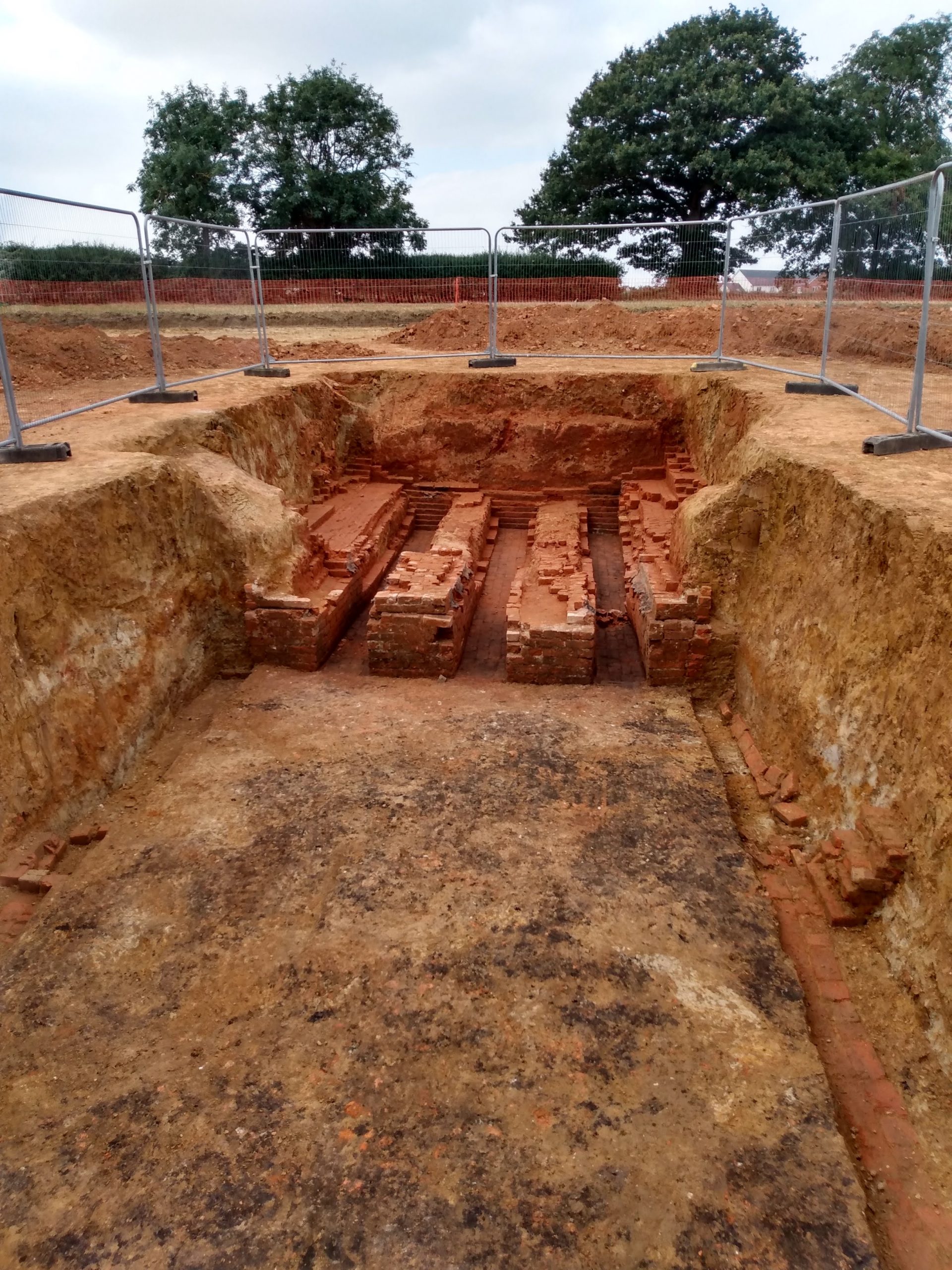
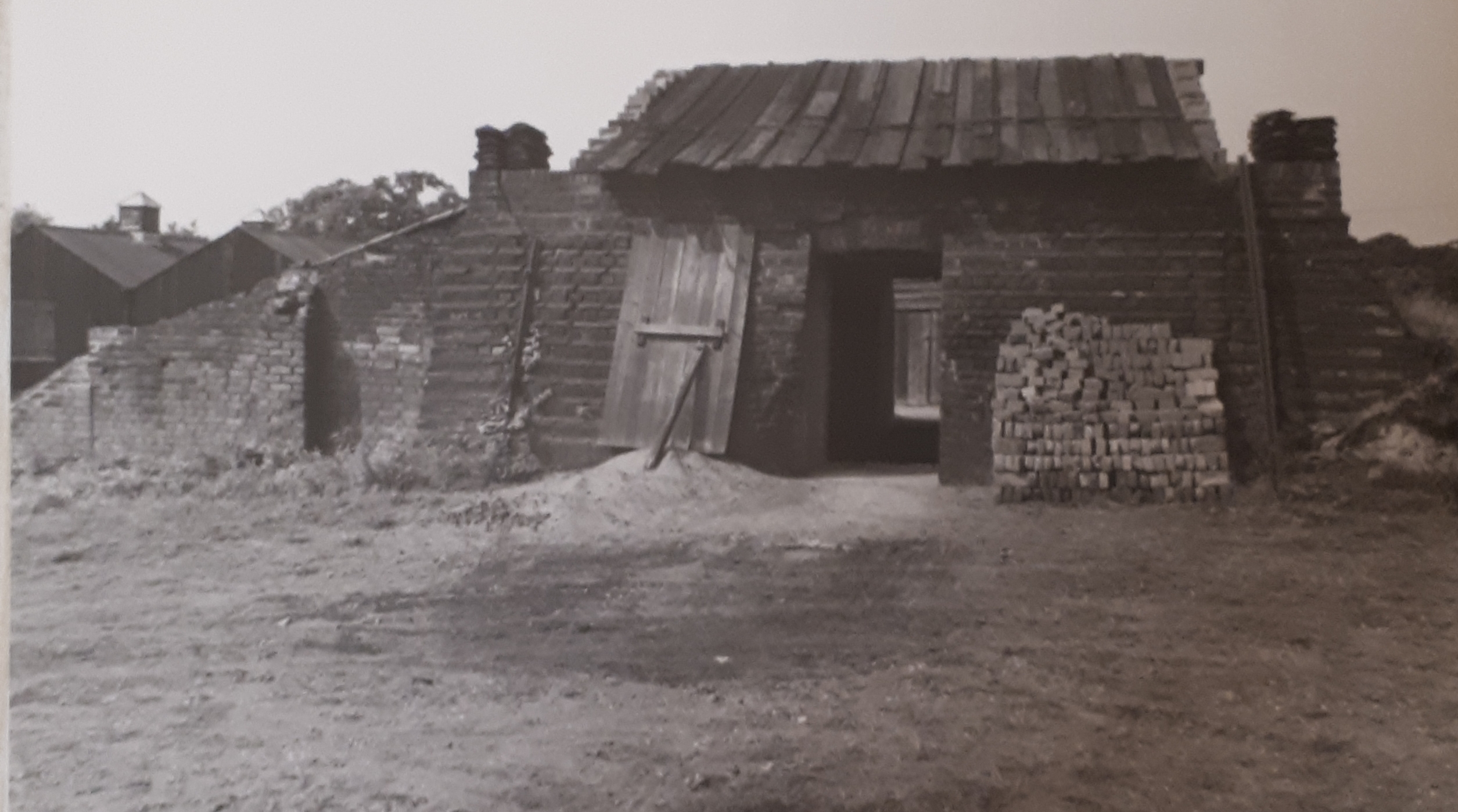
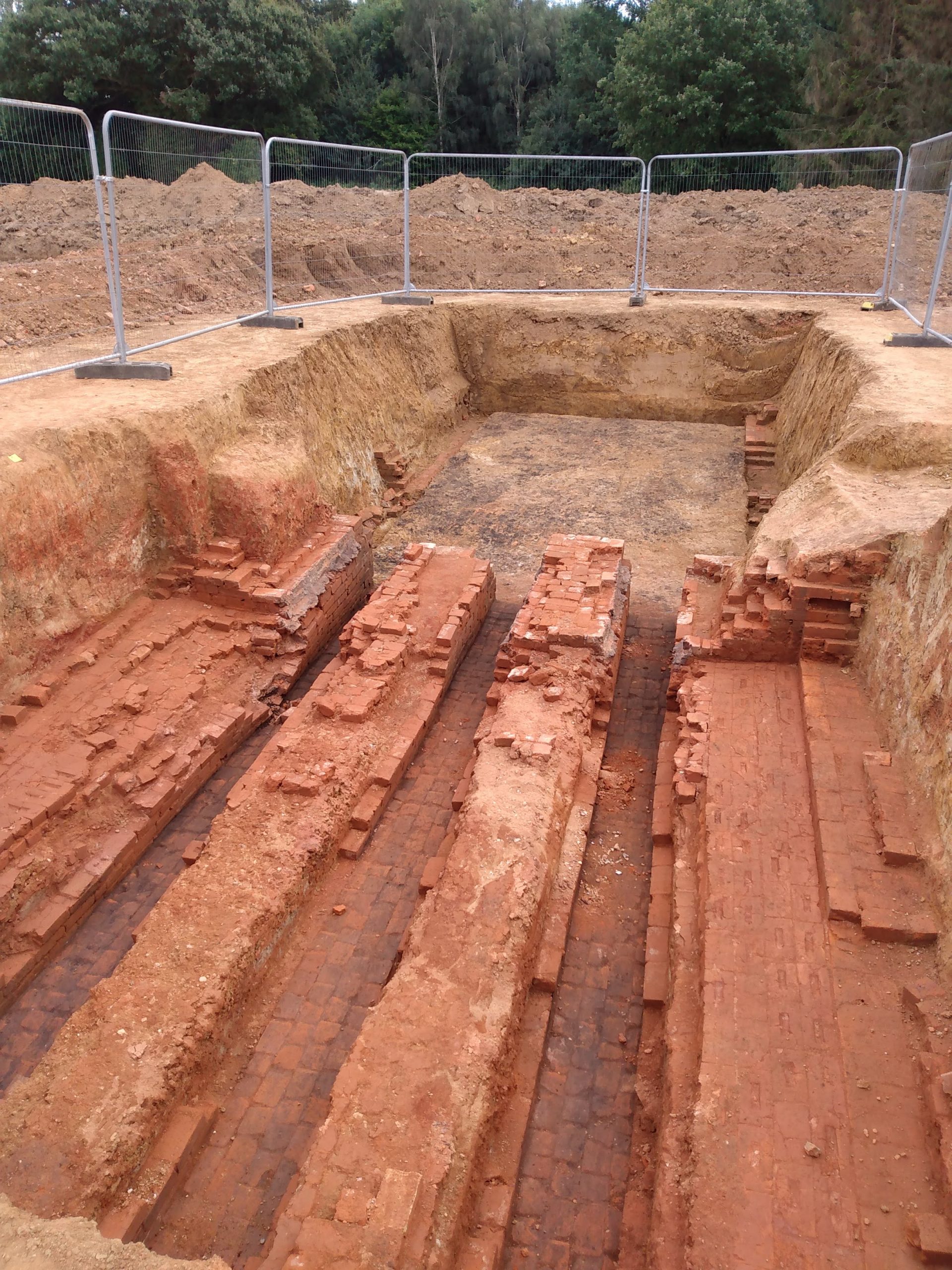
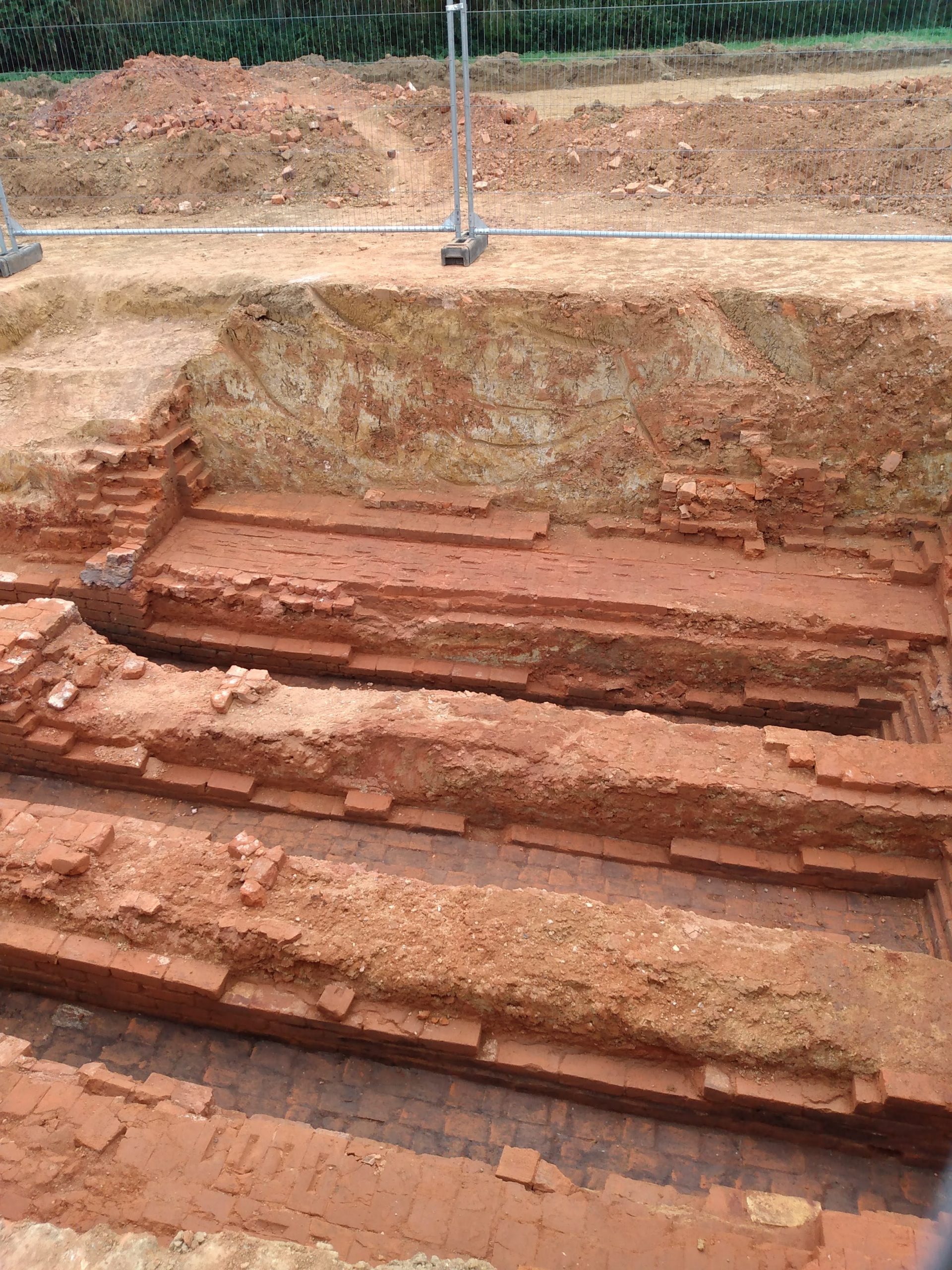
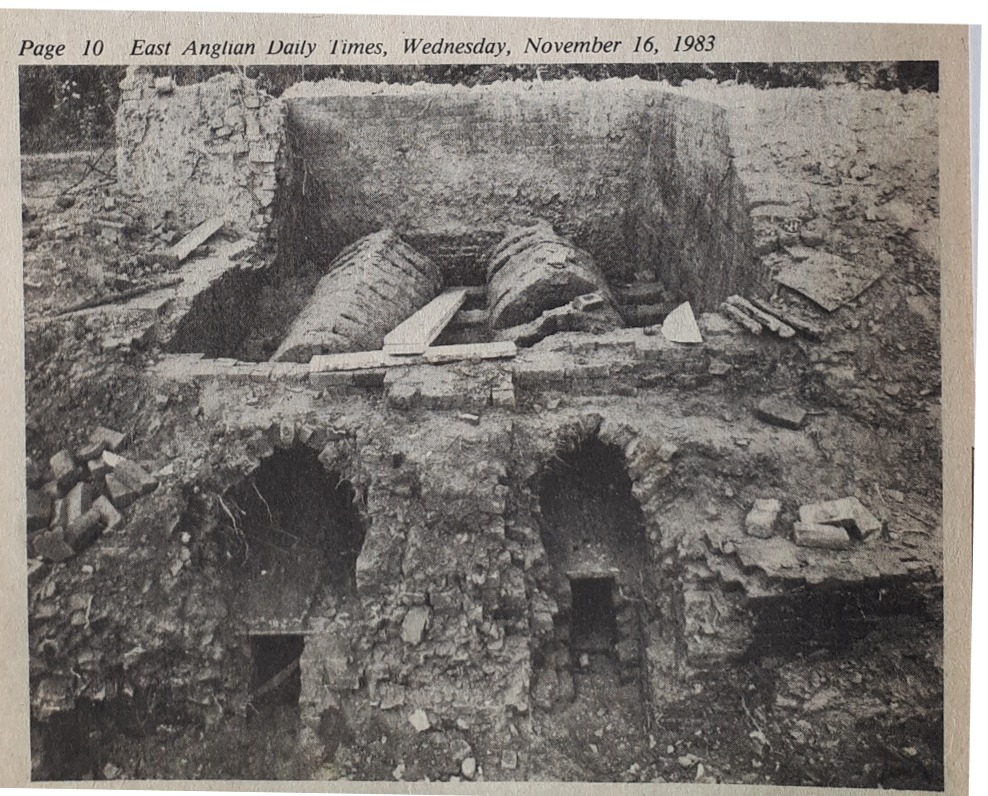
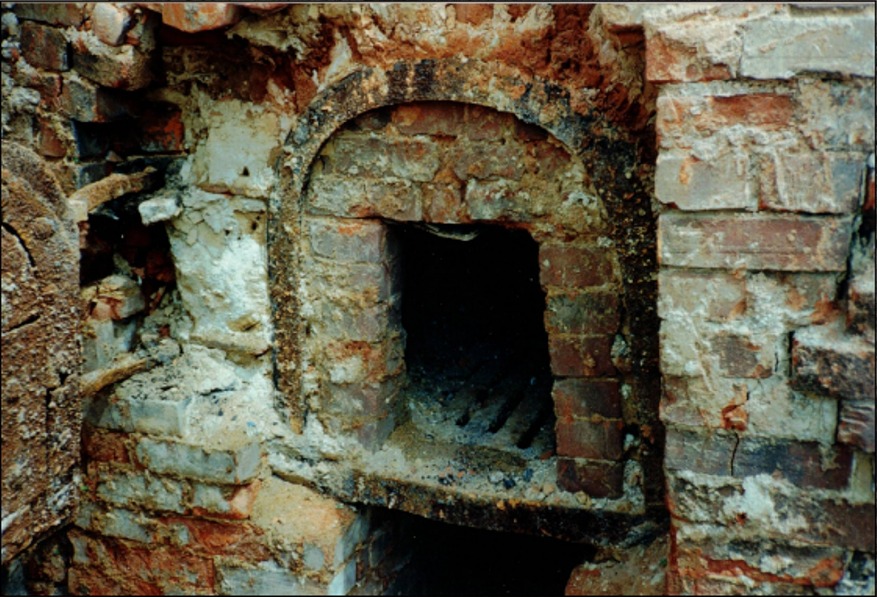
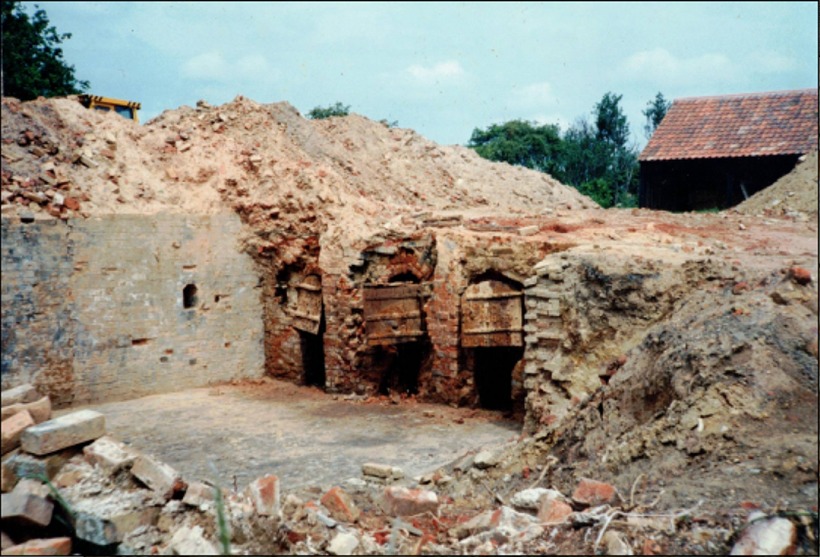
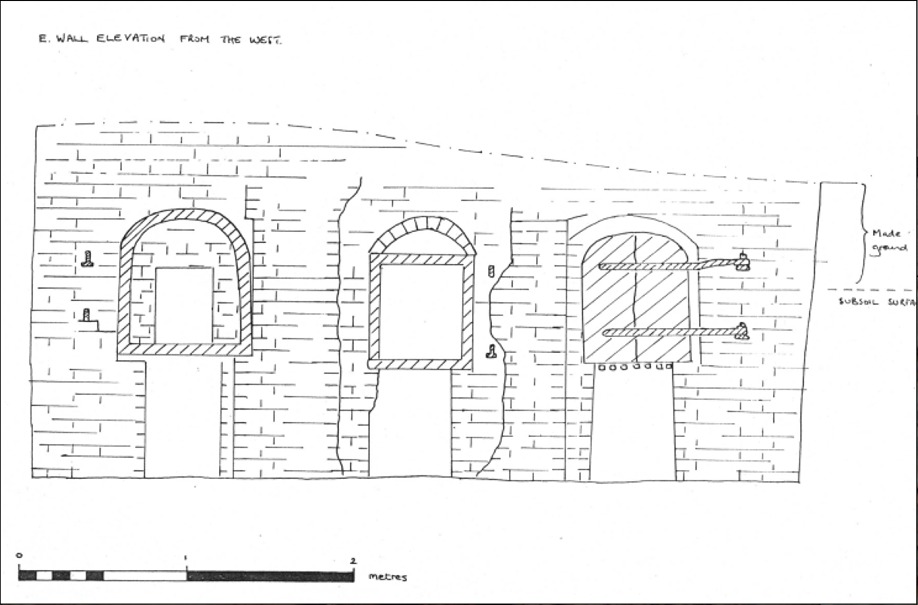
Sad to see the site has been covered over already. We should be grateful the developers are doing us all such a big favour by building these unwanted and unneeded homes.
Has representation been made to Babergh or will the Parish Council be doing this? I have posted up a comment on the EADT article but not sure if anyone will see that.
Hi Mark
I agree, it’s very sad that there appears to be so little regard for the village’s history. Vis actions being taken, the Parish Council met on on Thurs 9th and was made aware then of the find. It also approved at that session a idea put forward by EB’s District Council representative John Hinton that he should request the Babergh planners to require the developers keep the site open, thus making it a permanent feature (see The DC Officer’s report to the PC meeting of 9th. Sept on the PC website here: https://eastbergholt.org/Documents/ClubMeetings/10/%7B09-09-2021%2019_30_00%7DParish%20Council%20Meeting%20at%20The%20Lambe%20School,%20Gaston%20Street,%20East%20Bergholt/5.2%20DC%20Report%20Sept%202021.pdf?q=637671953032685528, para 5). But events moved very fast with the developers having filled the site in by the end of the following day Fri 10th. On learning this John was extremely disappointed and is understood to be now raising with Babergh the question of whether the developers acted prematurely before the site was formally “released” back to them after the excavation. Of this this we are not yet sure, neither are we sure what the Archaeologist’s recommendations were of the “value” of the site. Obviously both these details are important in determining on whether the developers behaved unreasonably by filling in the site so quickly. We will doubtless find out more about this over the coming weeks.
Best regards
Rob Wombwell